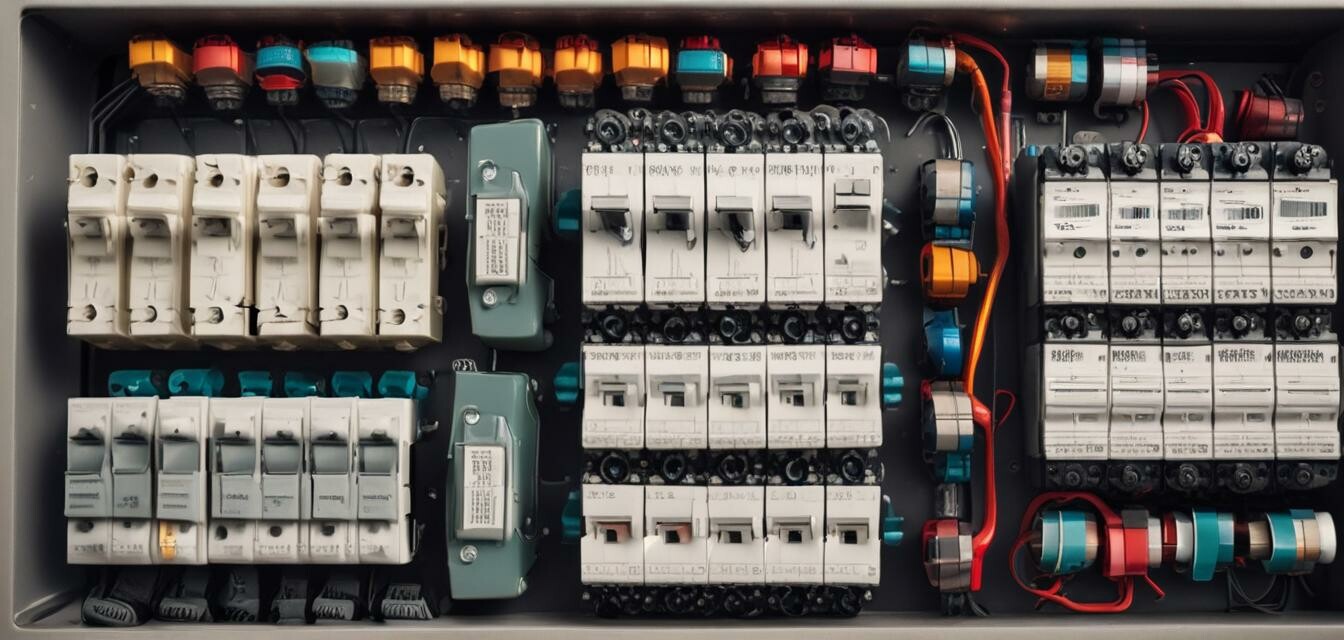
Understanding Circuit Breaker Ratings
Key Takeaways
- Circuit breaker ratings indicate the maximum load they can handle.
- Types of circuit breakers include standard, GFCI, and AFCI breakers.
- Choosing the right breaker involves assessing your electrical load needs.
- Always consult local electrical codes for installation and replacement.
When it comes to safeguarding your home or business's electrical system, understanding circuit breaker ratings is essential. This detailed guide will explain the different types of circuit breakers, their ratings, and how to select the right breaker for various electrical systems and loads.
What are Circuit Breaker Ratings?
Circuit breaker ratings indicate how much electrical current a circuit breaker can safely handle without tripping. This is crucial for preventing electrical overloads and minimizing fire risks. Ratings are typically expressed in amps (A).
| Rating | Description |
|---|---|
| 15A | Commonly used for lighting circuits and small appliances. |
| 20A | Common for kitchen and dining areas, used for outlets. |
| 30A | Often used in dedicated circuits for larger appliances. |
Types of Circuit Breakers
There are several types of circuit breakers, each designed for specific purposes. Here’s a closer look:
- Standard Circuit Breakers: These are the most common types used in residential applications.
- Ground Fault Circuit Interrupters (GFCI): Essential for wet areas, these breakers protect against ground faults.
- Arc Fault Circuit Interrupters (AFCI): Designed to prevent electrical fires caused by arc faults.
Understanding Each Breaker Type
| Type | Use Case | Main Features |
|---|---|---|
| Standard | Residential circuits | Simple protection against overload and short circuits |
| GFCI | Wet areas (bathrooms, kitchens) | Detects ground faults and cuts off electricity |
| AFCI | Living rooms, bedrooms | Detects arc faults to prevent electrical fires |
How to Choose the Right Circuit Breaker
Choosing the right circuit breaker is essential for safety and efficiency. Here are some steps to follow:
- Determine the total load of the circuit.
- Choose the appropriate breaker type based on your application.
- Select a breaker with a suitable rating (amps).
- Ensure it meets local building codes and regulations.
Common Mistakes When Choosing Circuit Breakers
Even the pros can overlook essential aspects when selecting circuit breakers. Here are some common mistakes:
- Not considering the total electrical load.
- Using the wrong type based on application needs.
- Overloading circuits by using higher-rated breakers unnecessarily.
Installation Considerations
When installing a circuit breaker, consider the following:
- Always turn off the main power before working.
- Use insulated tools.
- Follow the manufacturer's installation instructions carefully.
Pros
- Protects your electrical system from overload.
- Prevents electrical fires with proper ratings.
- Simple to reset after trips.
Cons
- Can be confusing for DIY enthusiasts.
- Improper selection may lead to continued tripping.
Conclusion
Understanding circuit breaker ratings is vital for both safety and efficiency in electrical systems. By knowing the types, ratings, and selection process, you can ensure your installations are safe and suitable for your load requirements. For more information on electrician supplies, explore our detailed buying guides or check out our range of tools and accessory kits.